The last day of the year is upon us! I think we can all agree that 2017 was a bit of a dumpster fire. I don’t know about you, but I’m certainly glad to see the end of it!
When I was younger, I enjoyed going out on New Year’s Eve, but the older I get, the more content I am to stay inside in a nice fuzzy pair of pyjamas. We’re also still in the depths of a record-breaking cold snap here, as is the rest of Canada and the eastern United States, so going out to watch fireworks at midnight was just not remotely appealing to me. Instead, I thought it would be fun to run with a New Year’s theme for the mannequin tonight.
I thought this gold-accented men’s odori kimono would be the ideal place to start, since it’s so bold and flashy. I considered of all the trappings of a really fun party; sparkling champagne, glitter, fireworks, laughter. The next logical step seemed like this fun hanhaba obi I bought recently with stars on it. It’s a little dull next to the kimono, so I pulled out some gorgeous silver ribbon to use as an accent and a haneri. I still don’t quite have the hang of using a men’s kimono like this, as a woman’s outfit, but all I can do is practice, right?
While the obi still feels a bit subdued against the kimono, I do think this is a bubbly, sparkly, fun outfit that seems like a fitting end to the year.
I am utterly terrible at keeping resolutions, so rather than enumerate things I will inevitably not complete, I am just going to head into the new year with an open mind, an open heart, and a wealth of unbridled enthusiasm. I hope the coming year brings you all sorts of amazing things!
Items used in this coordination
- Cream Men’s Odori
- Yellow Stars/Blue

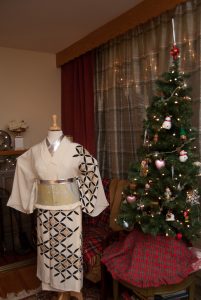
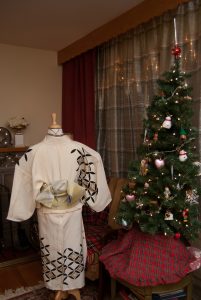
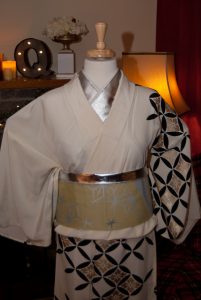
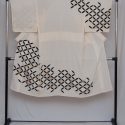

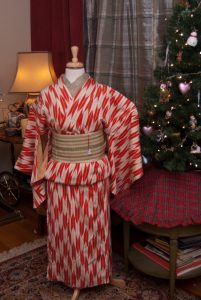
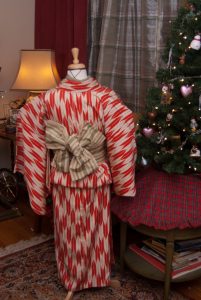
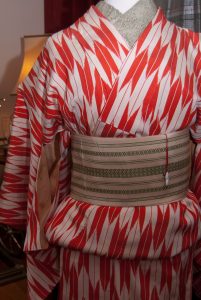
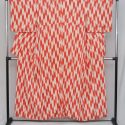
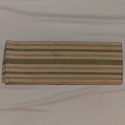
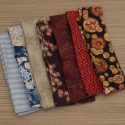
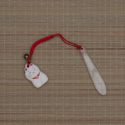
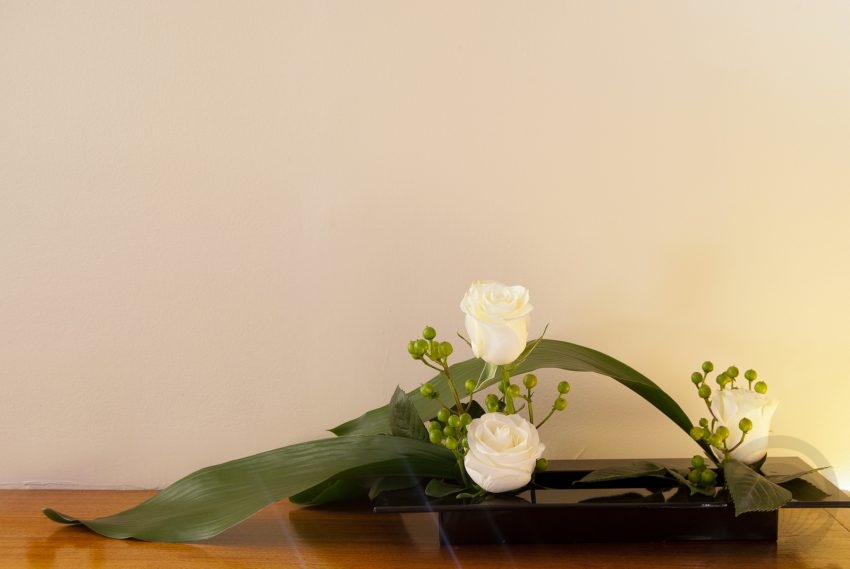
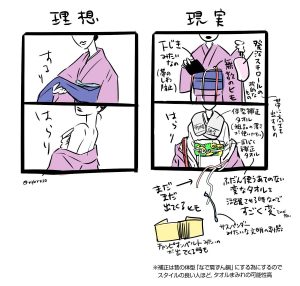
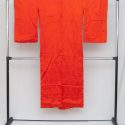
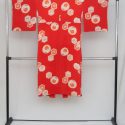
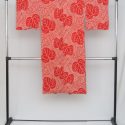
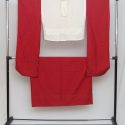
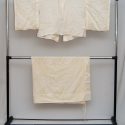
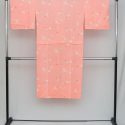
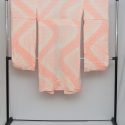
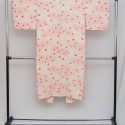
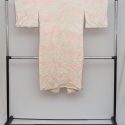
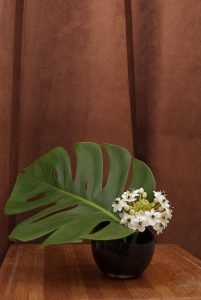
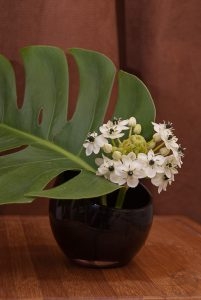











 Bebe Taian
Bebe Taian CHOKO Blog
CHOKO Blog Silk & Bones
Silk & Bones Gion Kobu
Gion Kobu